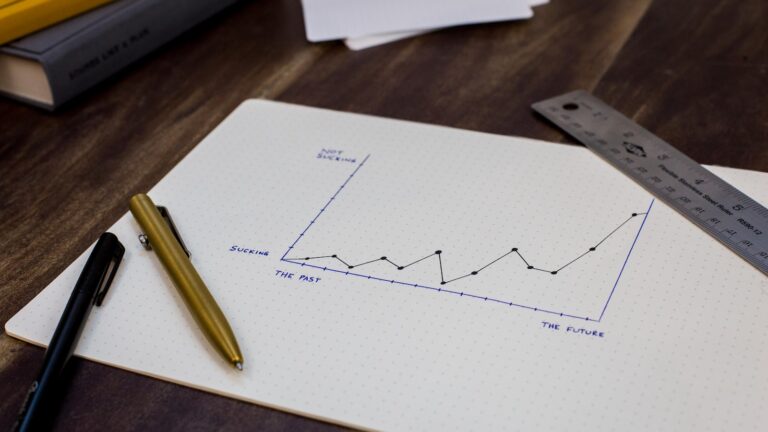Introduction:
When it comes to trading and investing in financial markets, making informed decisions is key to success. Technical analysis is a powerful tool that helps traders analyze past market data to predict future price movements. While it may seem complex and intimidating at first, this beginner’s guide aims to demystify technical analysis and provide you with a solid foundation to start your trading journey.
Understanding Technical Analysis:
Technical analysis is the study of historical price and volume data to identify patterns, trends, and indicators that can help forecast future price movements. Unlike fundamental analysis, which focuses on a company’s financial health and economic factors, technical analysis is purely based on market data. By analyzing charts and applying various tools, traders can gain insights into supply and demand dynamics, investor sentiment, and market psychology.
Key Concepts and Tools:
- Candlestick Charts: Candlestick charts display the price movement of an asset over a specific time period. They provide valuable information about opening and closing prices, as well as highs and lows, allowing traders to identify patterns and trends.
- Support and Resistance Levels: Support and resistance levels are price levels at which an asset tends to find buying or selling pressure. Identifying these levels can help traders determine entry and exit points and predict potential price reversals.
- Trend Lines: Trend lines are diagonal lines drawn on a chart to connect a series of higher lows (uptrend) or lower highs (downtrend). They provide visual representation of a market’s direction and can be used to identify potential buying or selling opportunities.
- Technical Indicators: There are numerous technical indicators available, such as moving averages, Relative Strength Index (RSI), and MACD (Moving Average Convergence Divergence). These indicators use mathematical calculations to provide insights into overbought or oversold conditions, trend strength, and potential reversals.
Applying Technical Analysis:
- Identifying Chart Patterns: Chart patterns, such as head and shoulders, double tops, and flags, can provide valuable information about potential trend reversals or continuations. Learning to recognize these patterns can help traders make informed decisions.
- Developing Trading Strategies: Technical analysis can be used to develop trading strategies based on specific indicators, patterns, or combinations of tools. Backtesting these strategies using historical data can help traders assess their effectiveness.
- Risk Management: Technical analysis alone is not enough to guarantee success. Implementing proper risk management techniques, such as setting stop-loss orders and calculating risk-reward ratios, is crucial to protect capital and minimize losses.
Conclusion:
Technical analysis is a valuable tool for traders and investors, providing insights into market trends, patterns, and potential price movements. By understanding key concepts, using various tools, and applying disciplined strategies, beginners can gain confidence in their trading decisions. Remember, practice and continuous learning are essential to master the art of technical analysis. So, take the first step, dive into the charts, and embark on your journey to demystify the world of technical analysis.





